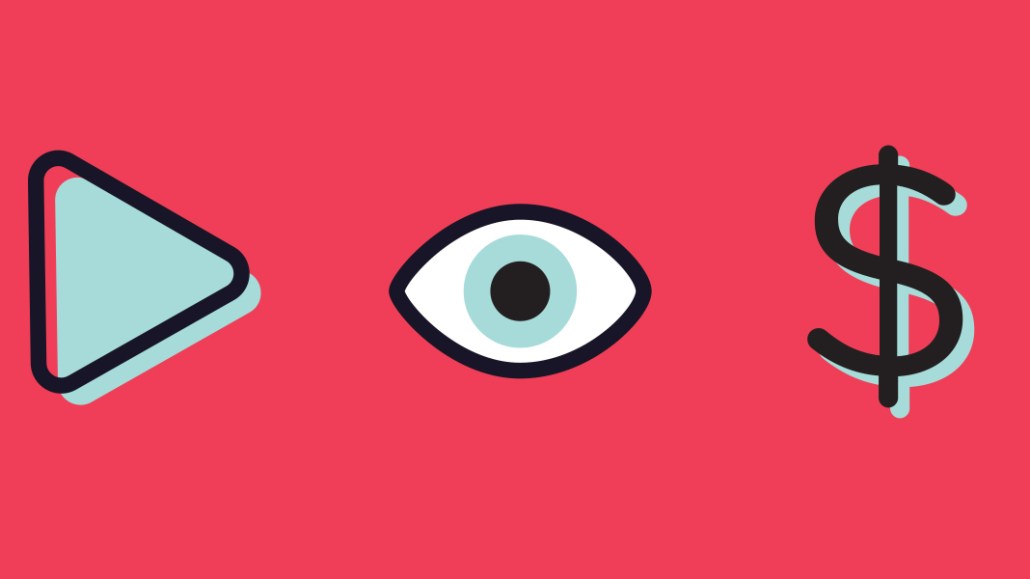Digiday Research: 37 percent of publishers say their video strategies focus on their owned sites

This research is based on unique data collected from our proprietary audience of publisher, agency, brand and tech insiders. It’s available to Digiday+ members. More from the series →
At the Digiday Video Summit last month in Scottsdale, Arizona, we asked 51 publisher executives about their digital video strategies. Check out our research on where publishers get most of their video revenue here. Learn more about our upcoming events here.
Quick takeaways:
- Only 37 percent of the publishers surveyed said their video strategies focus on their owned-and-operated sites.
- Nineteen percent of publishers said ad revenue is the biggest advantage of distributing videos on social platforms.
Sixty-two percent of publishers say ads are their biggest source of video revenue, with 79 percent of publishers making at least half of their video revenue from their owned-and-operated sites. Despite this, only 37 percent of 51 publisher executives surveyed at the Digiday Video Summit last month said their video strategies focus on their owned-and-operated sites. Just above one-quarter of respondents said their video ambitions are in over-the-top services or social platforms.
Publishers increasingly want to offer content for OTT platforms as they adapt to users’ shift to digital. EMarketer estimates that 198.6 million Americans will use an OTT service in 2018. For companies like Insider, which recently announced OTT plans, OTT offers access to alternative revenue channels like TV budgets. Others pursue OTT platforms because services such as Netflix subsidize video production costs and pay lucrative content licensing fees. However, monetizing video on OTT services is a growing challenge for publishers.
Social media platforms like Snapchat, Twitter and Pinterest have been offering new partnership possibilities for publishers since Facebook announced in January that it would alter its news feed algorithm to deprioritize news. Publishers on Twitter noticed increases in video views from the platform. YouTube particularly appeals to publishers because they can identify time spent there as intentional viewing. It’s also one of the few platforms that publishers like Genius can immediately monetize. Magazine publishers have found YouTube more reliable than Facebook as well. As one publisher executive at the video summit said, “YouTube is reliable. The revenue responds to the levers as you pull them, and there’s something comforting and nice about that.”
Publishers committed to a video distribution strategy should be aware they might not see immediate revenue returns. Although video is becoming increasingly important to Apple News, publishers have yet to find it a reliable monetization source. Snapchat, meanwhile, stopped paying licensing fees to its Discover publisher partners, and one publisher executive admitted that revenue opportunities on the platform have been limited.
However, when it comes to distributing videos on social platforms, publishers don’t care much about the lack of revenue. In Digiday’s survey from the video summit, just 19 percent said ad revenue was the biggest advantage of distributing videos through social channels. Instead, brand visibility (32 percent) and audience generation (30 percent) are publishers’ main motivators to distribute videos on social. That’s because publishers like Group Nine’s NowThis, which relied heavily on Facebook, have no choice but to migrate to the platforms where users are if they wish to remain relevant.
Ad position: web_incontent_pos1
More in Media

NewFronts Briefing: Samsung, Condé Nast, Roku focus presentations on new ad formats and category-specific inventory
Day two of IAB’s NewFronts featured presentations from Samsung, Condé Nast and Roku, highlighting new partnerships, ad formats and inventory, as well as new AI capabilities.

The Athletic to raise ad prices as it paces to hit 3 million newsletter subscribers
The New York Times’ sports site The Athletic is about to hit 3 million total newsletter subscribers. It plans to raise ad prices as as a result of this nearly 20% year over year increase.

NewFronts Briefing: Google, Vizio and news publishers pitch marketers with new ad offerings and range of content categories
Day one of the 2024 IAB NewFronts featured presentations from Google and Vizio, as well as a spotlight on news publishers.
Ad position: web_bfu